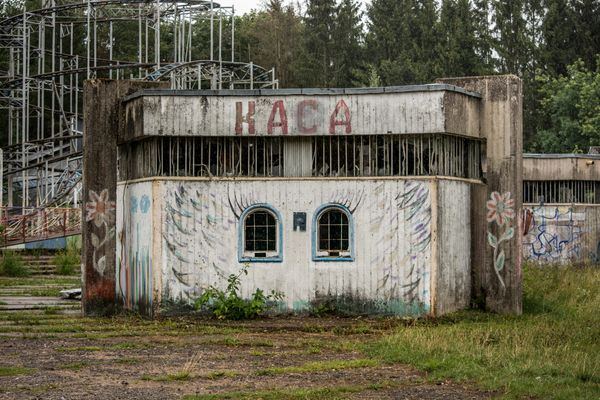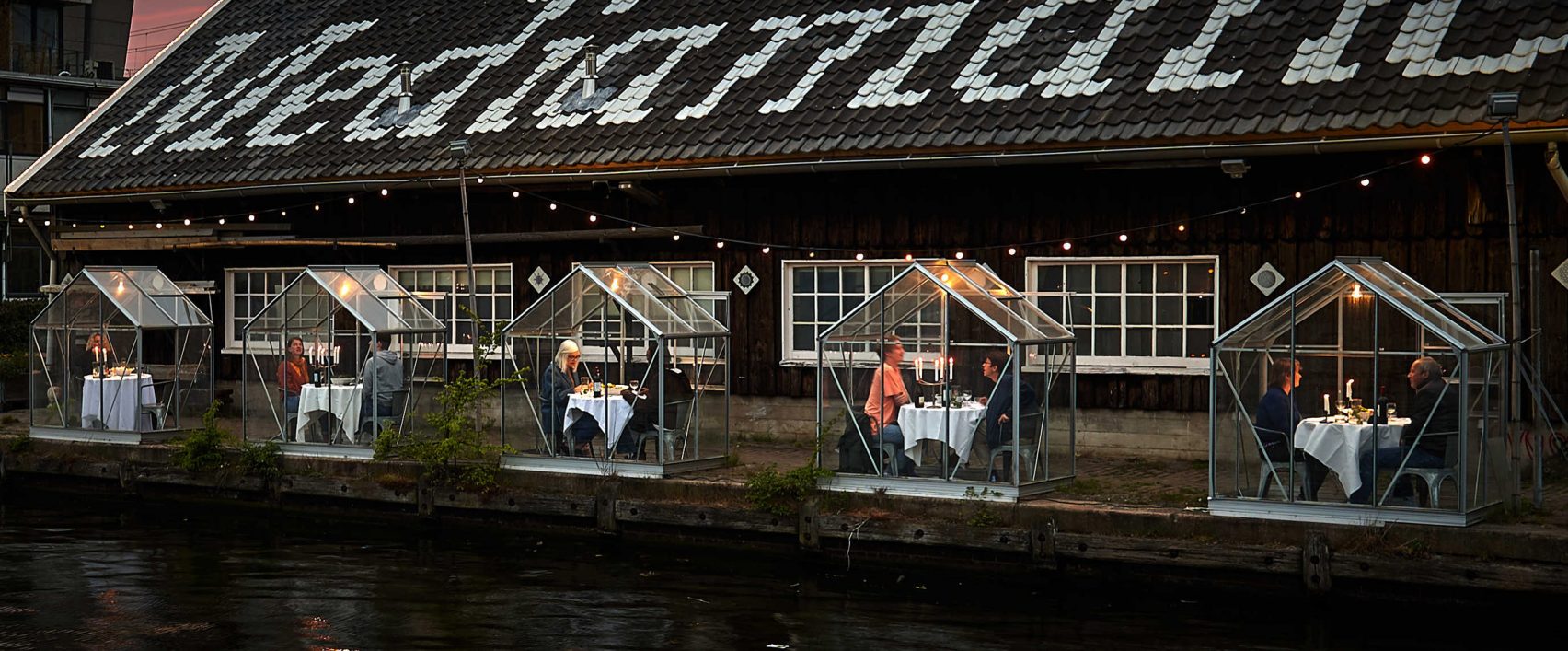It’s time that we slowly emerge from our sheltering homes and try to get back to our old habits: instead of the two corners of a bench, we meet our friends at a table of a café, instead of running, we use the park for sunbathing, or if we are really brave, we get on public transport instead of cycling.
But we cannot do all this with the self-evident ease we did before the pandemic. The epidemic threw some real curves to the designers, as they had to come up with creative and realistic solutions for brand new problems. Now we picked our favorites from amongst the ideas that emerged to protect our safety and sense of safety.
Hospitality
One of the most popular ideas was provided by Amsterdam-based Mediamatic art center. They put mini greenhouses to operation in their restaurant that were used for previous projects, allowing guests to dine in pairs. The waiters serve customers in plexiglass shields, and they use a long lath instead a tray to ensure they don’t go too close to guests.
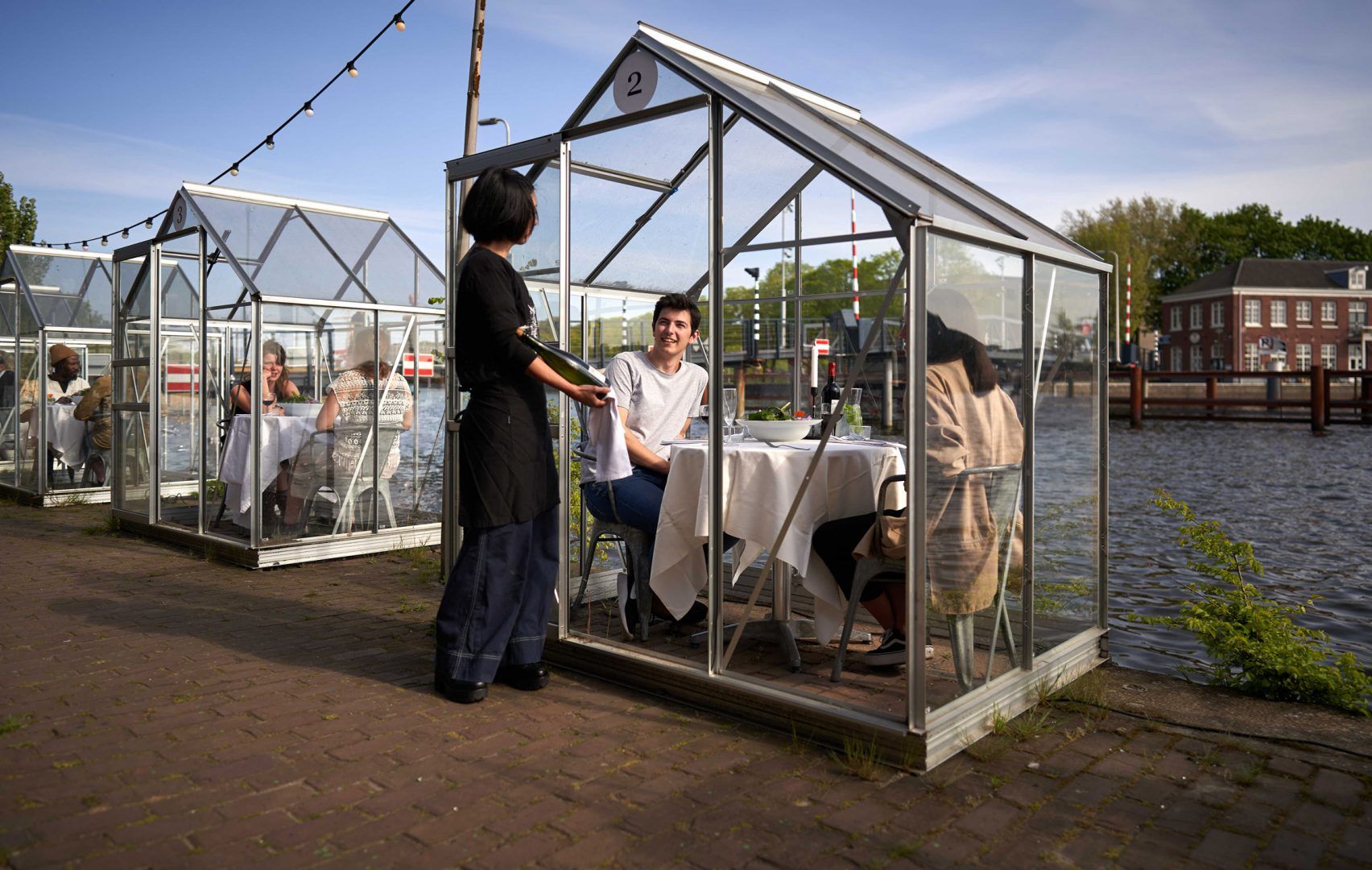
Well then, what’s up with the catering units without a terrace? French designer Christophe Gernigon strived to find an answer to this problem when he developed the Plex’Eat hanging shields. The plexiglass shields shelter the guest like a chandelier, allowing them to consume their meals safely, while they don’t have to give up on chatting and eye contact. The plexiglass shields have not been put into production yet, one factory contacted the designer so far, and they are currently trying to settle on a realistic price.
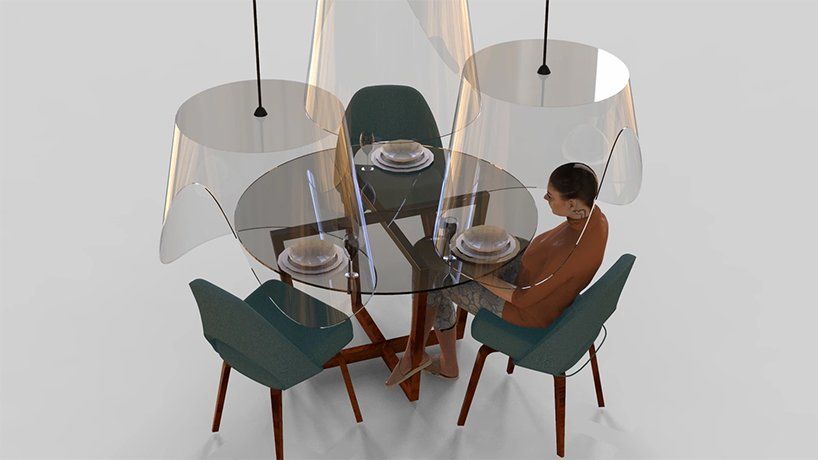
But let’s be realistic: there will be plenty of places where they won’t take any measures for preventing the spreading of the disease, other than warning us on a sign. In this case, we’re left with individual responsibility, one of the main attributes of which is the face mask. As to how we can eat in it, Israel-based Avtipus Patents and Inventions already offers a great idea. They developed a mask that allows us to eat, drink and talk. This is how it looks:
Traveling
Perhaps one of the most commonly raised issues regarding the coronavirus epidemic is how it will influence our traveling habits. It’s obvious that the policy of low-fare airlines of stuffing the aircraft with as many seats as possible is not viable or at least unethical from the perspective of protection against the virus. The Italian Aviointeriors was amongst the first to pitch a proposal to resolve the issue, claiming that it would seat passengers in a crisscross pattern. The seats next to the windows and the corridor would face in the direction of travel, while the middle seats would face the opposite direction. Separation from each other would be ensured with plexiglass panels.
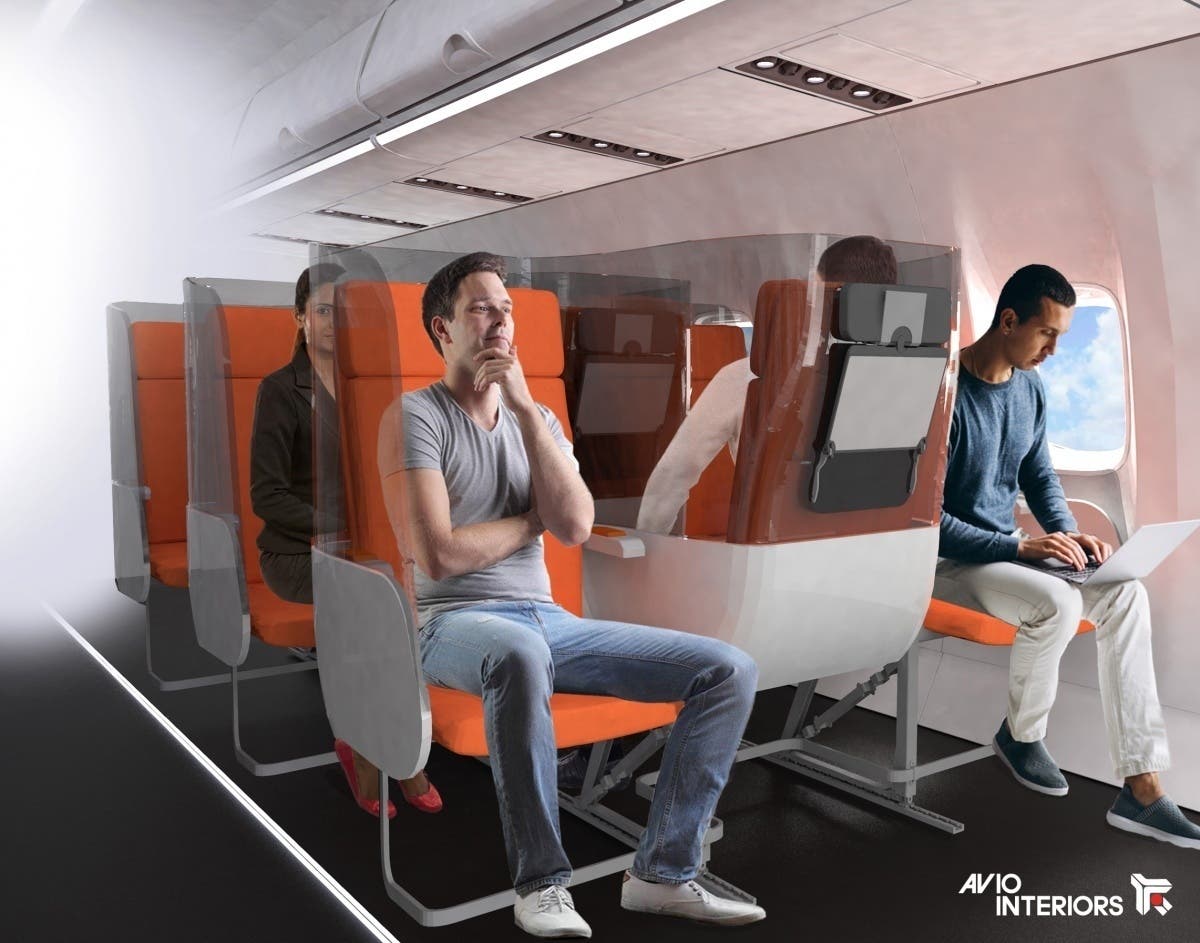
However, the idea is wrong on many levels: if we are to believe researchers, plexiglass surfaces allow the virus to survive for up to 7 days, therefore, the staff would have to do a lot of cleaning and sanitization. New strategies would have to be developed for catering and escape routes, too, and we haven’t even mentioned the fact that it would be a lot more uncomfortable to sit through a several hours long flight in the already not too popular middle seats.
The plexiglass separation technique is also recommended by aviation design consulting company Factorydesign, in a slightly simpler form. They intend the plexiglass screens to serve as temporary solutions, so that flights can operate until a truly clever solution is given to the problem.
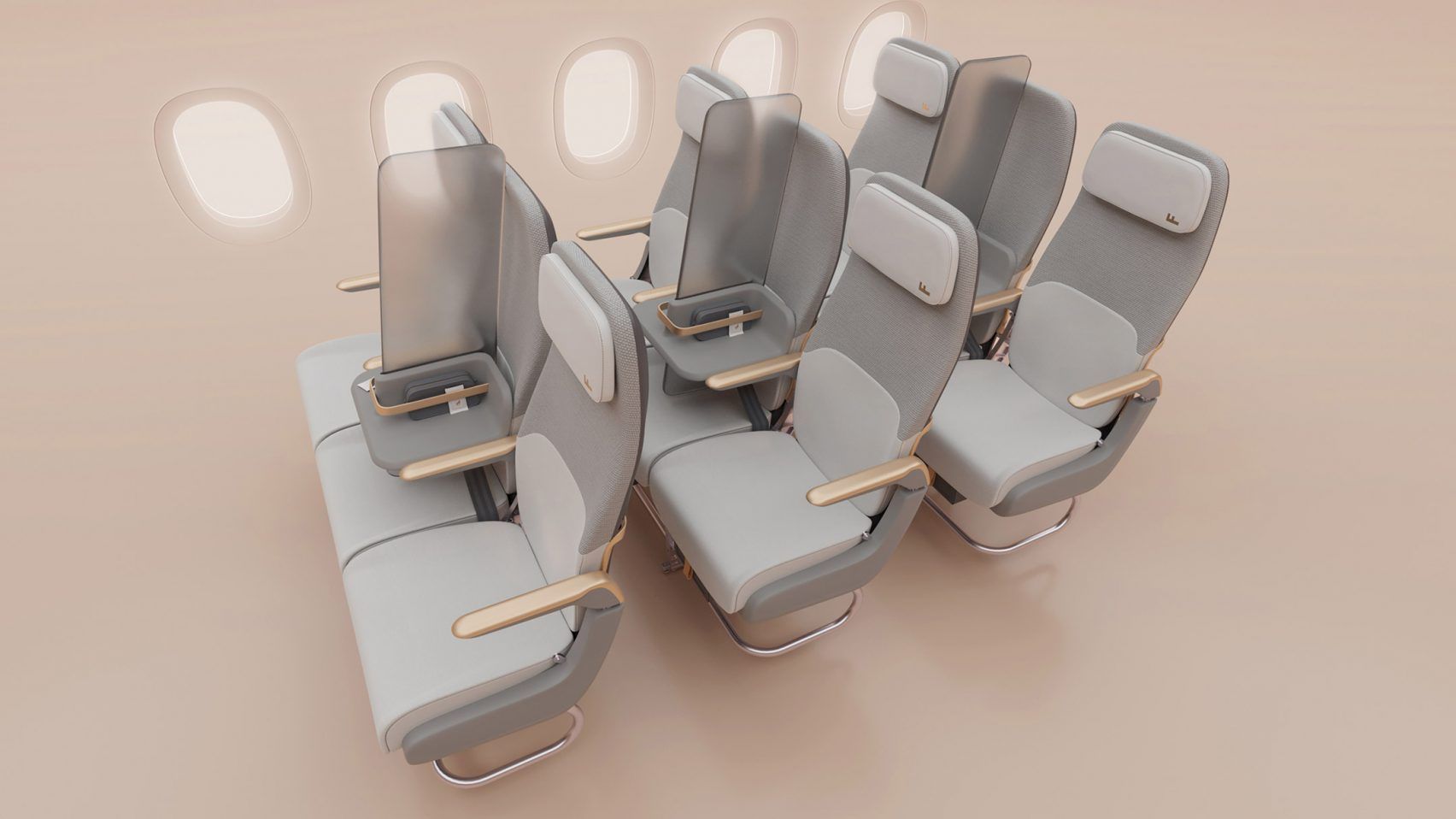
Taking a step back, let’s not forget about the issue of public transportation either. PriestmanGoode studio redesigned the interiors in a manner to meet the requirements of social distancing and to be able to optimize them according to their current occupancy rate. As more and more people opt for bicycles as an alternative means of transport, they also paid attention to its safe and simple storage.
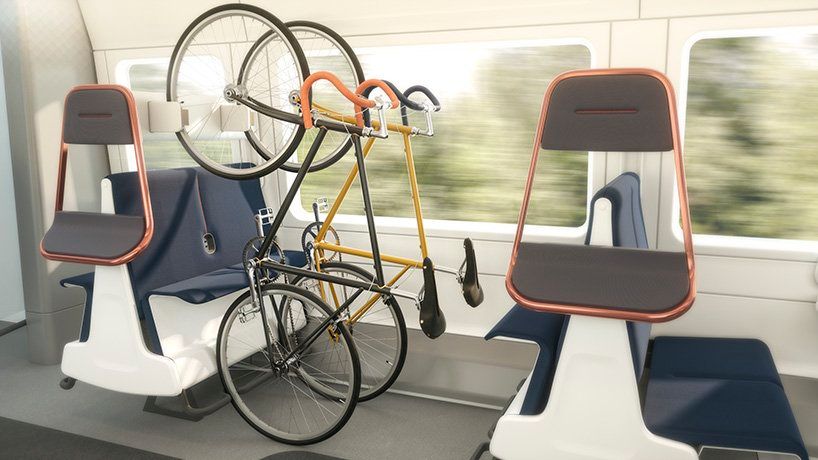
Parks
The situation feels slightly less dangerous in the open air, however, experts claim that we must pay attention to keeping the necessary distance in this case, as well. Therefore, several original ideas were born in relation to the use of green spaces and parks, and they can also be easily implemented on top. In a park in Brooklyn, they painted white circles on the lawn and asked people to make sure they stay within the circles.
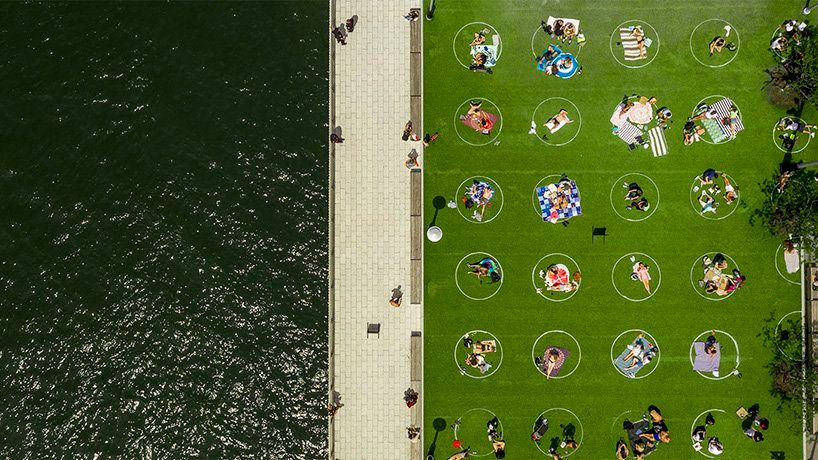
Where we don’t see signs of the like, we can bring our own tools designed for social distancing. SBGA – Blengini Ghirardelli design studio created a glass fiber frame named C’entro, which we can carry and assemble easily and then can sit down in the center of it safely.
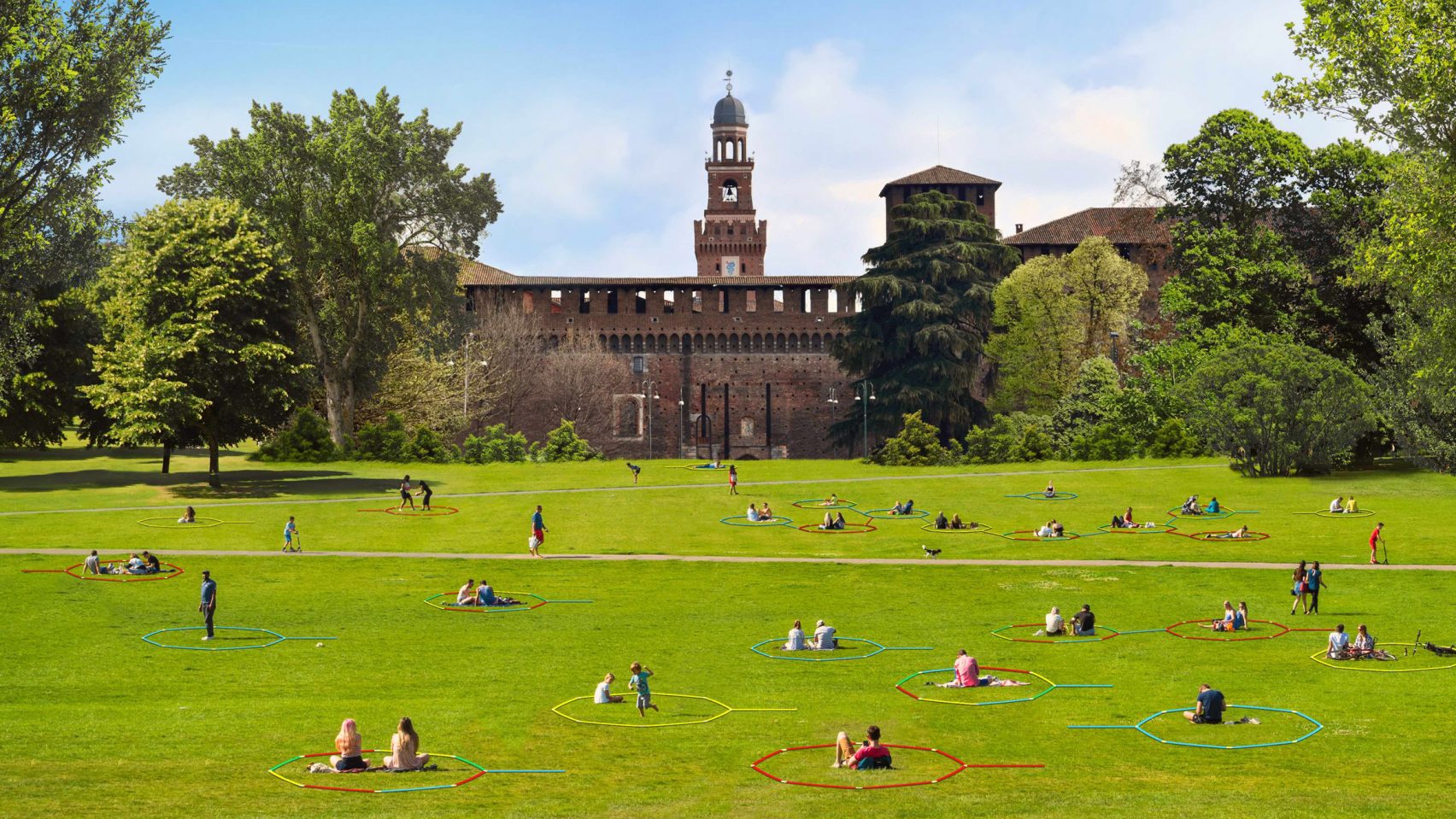
London-based designer Paul Cocksedge came up with a similar idea. While the C’entro distances those in the same bubble from strangers, the specially shaped picnic blanket going under the name Here Comes the Sun helps groups of friends to spend time together by also keeping a proper distance from each other.

Sources: Designboom, Dezeen, SimpleFlying
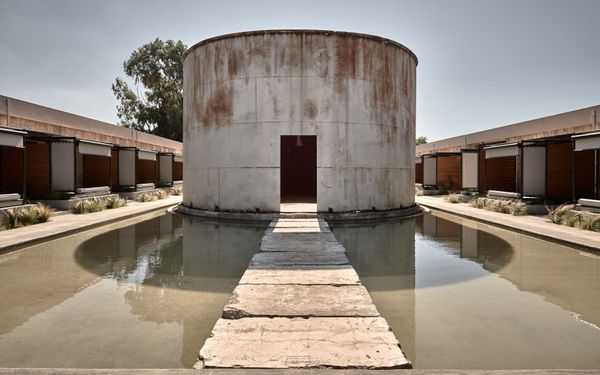
Luxury hotel out of a rusted wine factory | K-Studio

Post-Soviet concrete, with a twist | Kovalska, Kiev
